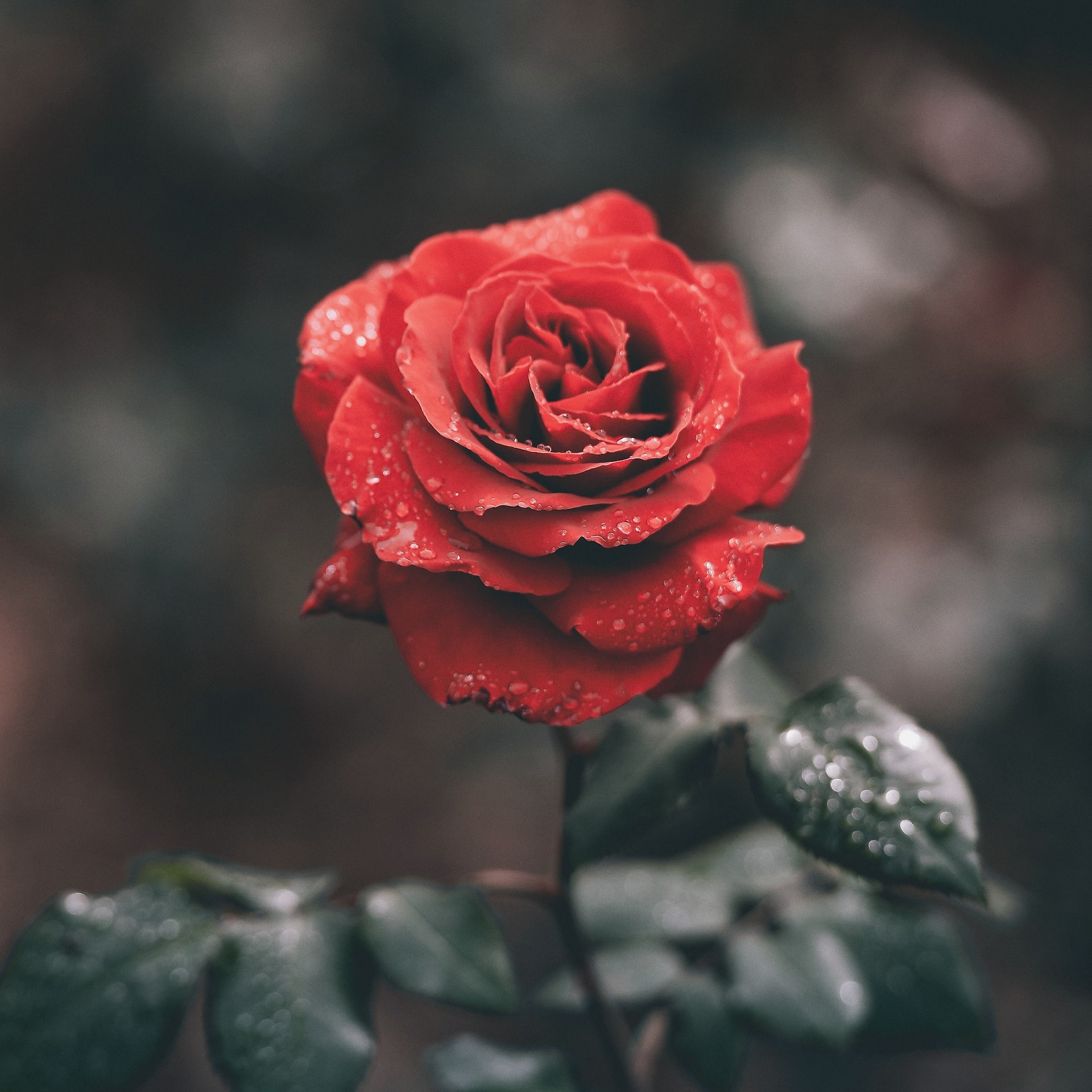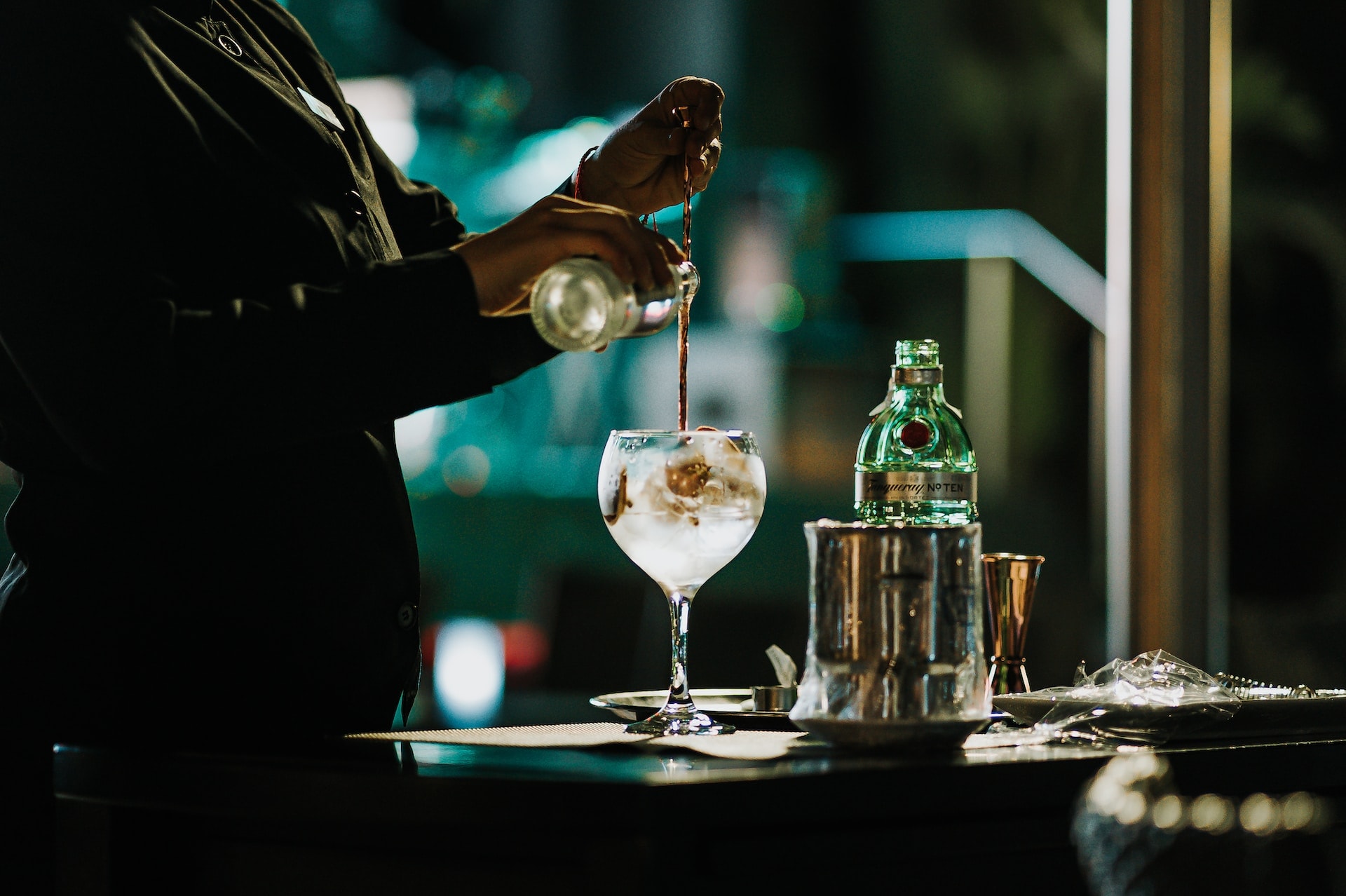Heidelberg Gin
Discover your favourite regional gin!
Gin is an aromatic spirit that is becoming increasingly popular around the world. The city of Heidelberg in Baden-Württemberg, Germany is no exception when it comes to the love of gin. In this article we will look at the history of gin, how it is made, the different types of gin and the growing gin culture in Heidelberg.
Recommendations for gins in Heidelberg
If you want to enjoy gin in Heidelberg, you should try some of the regional gins. Here are some recommendations:

Eau de Wald Heidelberg Gin
Eau de Wald Gin offers a unique experience of nature in every bottle. With aromas of spruce, blossoming elderberry, refreshing blueberries and crunchy hazelnuts, this gin embodies the magic of the forest. The combination of mysterious resinous and warm floral notes makes it a special taste experience. The carefully selected botanicals such as spruce, elderflower, hazelnut and blueberry give the gin a unique diversity. To enjoy the full aroma of Eau de Wald gin, it is recommended to mix it either pure with soda or with Fever-Tree tonic water. Behind Eau de Wald is Kathrin Christians, a celebrated musician from Heidelberg, who completely changed her life due to a stroke of fate and the Corona Lockdown. She founded her own brand, Eau de Wald – forest and nature to go. With her enthusiasm for gin and her close connection to the Odenwald, she began searching for the perfect ingredients and experimenting daily in her kitchen. Kathrin attaches great importance to sustainability and donates 1 euro to local reforestation for every 500 ml bottle of Eau de Wald gin sold. She is all about giving something back to nature, as the main ingredients come directly from the Odenwald.

315 Upstairs Heidelberg Dry Gin
The 315 Upstairs Dry Gin is a handcrafted gin made in a small manufactory by founder Christopher Wloka above the rooftops of Heidelberg. With its pleasant juniper note, accompanied by fruity blueberry and fine aromas of bergamot, the 315 Upstairs Gin skilfully combines traditional and refreshing flavour elements. The gin symbolises the 315 steps from Heidelberg’s old town to the historic castle and offers a unique pleasure experience. The carefully selected botanicals, including hand-picked blueberries from the Black Forest and sun-ripened bergamots, give the gin a unique fruity note. A 72-hour maceration process without artificial flavours creates a special spirit that serves as a versatile mixer with floral top notes. The 315 Upstairs Dry Gin is best enjoyed with Fever Tree Mediterranean Tonic Water, fresh blueberries, lemongrass and a lime zest to unleash its full potential.

Hortus Palatinus Heidelberg Gin
Hortus Palatinus Heidelberg Gin is a perfect blend of 11 different herbs and spices. In addition to the traditional juniper flavour, it delights with fresh notes of cucumber, roses and coriander. Whether enjoyed neat or used as a base for cocktails, this gin is the ideal start to any successful party. Behind the Hortus Palatinus brand is Alex Wein & Spirituosen, who use their expertise to express the agricultural tradition of the Kraichgau and Palatinate regions in wines and liqueurs. The quality and variety of their products can easily compete with international rivals.

The production of gin
The production of gin involves the distillation of neutral alcohols with a blend of botanicals that give it its characteristic flavour. Common botanicals include juniper berries, coriander, citrus fruits (lemon, lime, orange, bergamot), spices and herbs or special ingredients such as rose petal, kaffir or blueberry. Depending on the production process, different flavours, nuances and styles of gin can be created.
Types of gins
There are different types of gins, including London Dry Gin, New Western Style Gin, Old Tom Gin and Sloe Gin. Each type has its own characteristics and is used for different cocktails and mixed drinks.

London Dry Gin
London Dry Gin is probably the best-known and most widespread type of gin. It is characterised by a clear, dry and juniper-accentuated note. Traditionally, it is distilled from natural botanicals and contains no additional sugar or colouring agents. London Dry Gin is suitable both for pure enjoyment and as a base for classic cocktails such as the Gin & Tonic.

Sloe Gin
Sloe gin is a slightly sweeter and fruitier gin made from sloe berries. The sloe berries are soaked in gin and macerated over a period of time to release their aromas. The result is an intensely fruity gin with a slightly tart note. Sloe gin is often enjoyed neat or as an ingredient in various cocktails.

Old Tom Gin
Old Tom Gin is a historic gin variant that was popular in the 1800s and has experienced a renaissance in recent years. It is slightly sweeter and milder in flavour compared to London Dry Gin. Originally, Old Tom Gin was made as a response to inferior gin and added sugar or other sweeteners to improve the taste. Today, Old Tom Gin is produced by hand by many craft distilleries and is particularly popular with lovers of classic cocktails such as Tom Collins.
These different types of gin offer a wide choice for every taste and occasion. From the traditional juniper emphasis of London Dry Gin to the fruity sweetness of Sloe Gin and the nostalgic elegance of Old Tom Gin – there is something to suit every gin lover.

The Rise of Gin in Heidelberg
In recent years, gin has experienced rapid development in Heidelberg. More and more people are discovering the diversity and enjoyment of gin. New gin bars and venues have opened in the city, offering a wide selection of gins and creative cocktails.

The gin culture in Heidelberg
The gin culture in Heidelberg is lively and diverse. People in Heidelberg appreciate the artisanal production of gin and the creativity that goes into new types of gin and cocktail creations. There are regular gin events and tastings where you can learn more about the different types of gin and discover new taste experiences.

History of gin
The history of gin goes back a long way and is closely linked to the development of distillation techniques and the trade in spices. Originally, gin was produced as a remedy before it developed into a popular spirit that is now appreciated worldwide. Let’s take a look at the fascinating history of gin. The origins of gin can be traced back to the 11th century, when the Arabs brought the techniques of distillation to Europe. At that time, distilled alcohol was mainly used for medicinal purposes to treat various diseases. Monks in monasteries played an important role in the further development of distillation techniques and the production of distillates. Over time, the distilled alcohol was flavoured with a variety of herbs and spices to improve the taste and enhance the medicinal effect. One of the earliest known recipes for a gin-like potion dates back to the 12th century and was developed by a monk named Bernardo Vincelli in Italy. These early gins were called “genever” and had a similar base to today’s gin. In the 16th century, gin began to spread to the Netherlands, where it became popular under the name “Genever”. At that time, the Netherlands was a major trading partner for spices and botanical ingredients. Trade in spices such as juniper berries, coriander and angelica root led to the development of new flavours and recipes for genever. In the 17th century, jenever began to make its way to England when Dutch soldiers were stationed in Britain during the Thirty Years’ War. At that time, jenever was already known as a popular spirit and was brought back by the soldiers. In England, the name “genever” was simplified to “gin” and gin quickly began to gain popularity. The popularity of gin in England reached its peak in the 18th century. At this time, gin was accessible to the general population due to its simple and inexpensive production. Gin became a popular drug and led to a period known as the “Gin Craze”. Excessive consumption of low-quality gin led to social problems and heavy regulation of gin production. In the 19th century, the production of gin in England was regulated by law and higher quality gins came onto the market. Distilleries also began to develop new recipes and flavours at this time. The diversity of gin increased and different regional styles and traditions emerged. In the UK, London Dry Gin developed into one of the best known and most appreciated gin styles in the world. Throughout the 20th century, gin experienced ups and downs. In the 1920s, gin was popular in the US during Prohibition because it was easy to make at home. In the following decades, however, gin took a bit of a back seat as other spirits such as whisky and vodka gained popularity. In recent decades, however, gin has made an impressive comeback. With the rise of the craft spirits movement and the growing interest in artisan products, gin has also come back to the fore. More and more distilleries around the world are dedicated to producing high-quality gins with a variety of botanical ingredients and interesting flavours. Today, there is an almost endless variety of gins from different countries and regions. From traditional London Dry Gins to exotic gins with native botanicals to experimental gins with unusual flavours – the choice is huge. Gin has developed into an extremely versatile spirit that is perfect for cocktails and mixed drinks. The history of gin is one of innovation, commerce and cultural influence. From its humble beginnings as a medicinal remedy to its worldwide popularity, gin has become a spirit appreciated by many. With its rich history and endless possibilities for creativity and flavour, gin offers a fascinating journey for all spirit lovers.